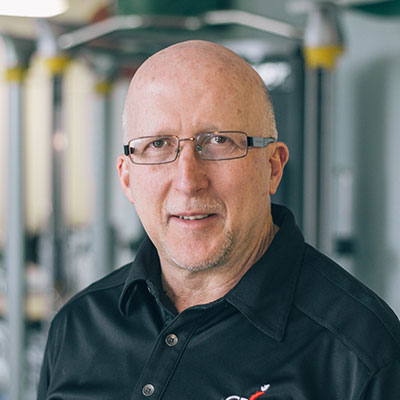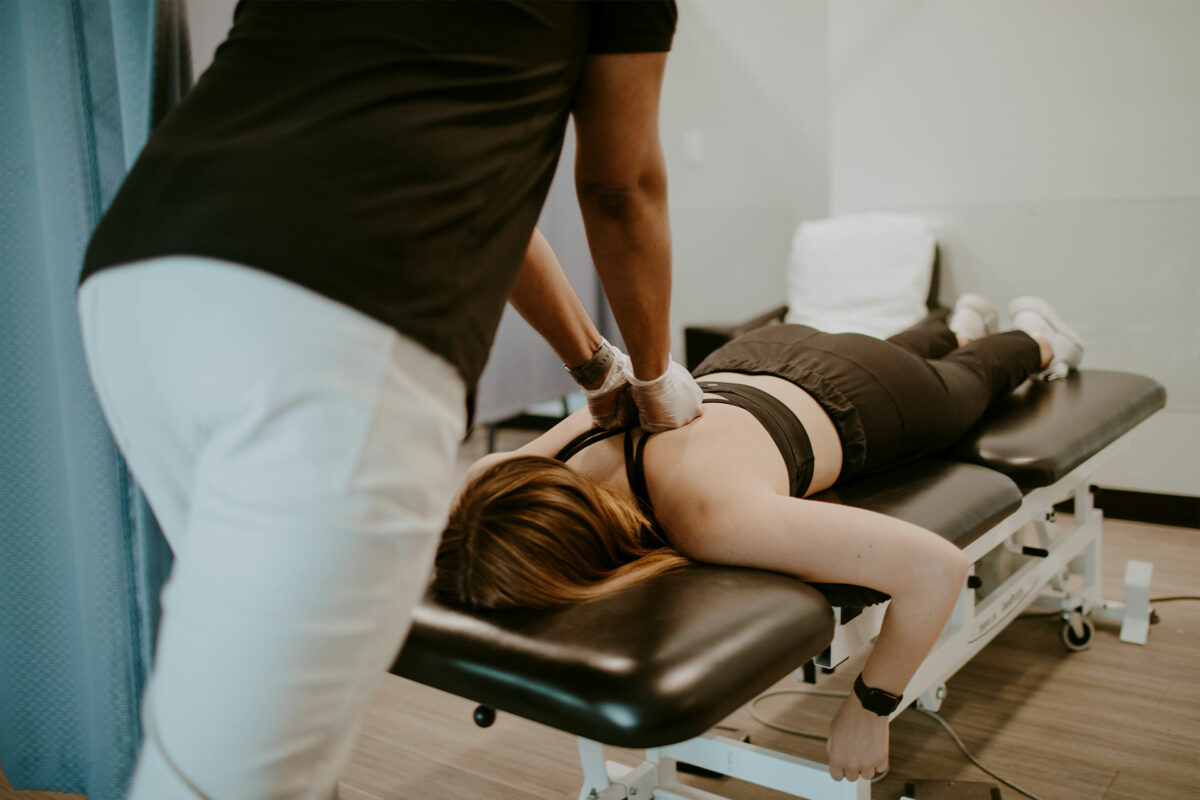Do you suffer from upper back pain? If so, you are not alone. Upper back pain is a common problem, particularly among those who spend long hours sitting in front of a computer or engaged in other recreational, work or sports activities that stress the upper back. If you are experiencing upper back pain, understanding the cause and how to manage your symptoms can help you reduce your discomfort and improve your quality of life. Let’s look at what causes upper back pain and how to cope with it. In this blog post, we will discuss common causes of upper back pain and how you can manage them. We will also provide some tips on how to prevent upper back pain from occurring. Let’s get started!
The main causes of upper back pain include:
Muscle strain or injury
This can happen when you engage in activities that require repetitive movements or over-exertion of the muscles. It can also occur due to not using the correct technique during physical activity. Upper back pain is typically caused by muscle strain or injury in the neck and shoulder region. Poor posture (such as slouching), long periods of sitting or standing in one position without taking breaks, carrying heavy objects (such as bags or boxes), and physical trauma (such as a car accident) are all common causes of upper back pain.
Poor posture
Poor posture is one of the most common causes of upper back pain. Sitting for long periods of time in an incorrect position can lead to muscle strain and tension in the neck, upper back and shoulders leading to upper back pain. It is important to pay attention to your posture when sitting or standing, ensuring that your spine is tall, and your shoulders are relaxed. If you sit at a desk for long periods of time, it is recommended that you take regular breaks from sitting and change positions frequently. Additionally, using ergonomic equipment such as standing desks or adjustable chairs with the correct back support can help reduce pressure on the spine while sitting.
Osteoarthritis
Osteoarthritis is a degenerative joint disease that affects the cartilage between the joints. Over time, the cartilage can wear down or become damaged due to injury or overuse. This can lead to pain, swelling, and stiffness in the affected area. When osteoarthritis affects the joints of your upper back, it can cause pain that radiates through your shoulder blades and neck.
Disc herniation
Also known as a slipped disc, this occurs when one of the discs between the vertebrae in your spine herniates (becomes displaced) or ruptures, leading to increased pressure on ligaments, and nerves and resulting in upper back pain.
Scoliosis
This is a condition where the spine curves to the side, often causing pain and discomfort in the upper back. Scoliosis is a condition that causes the spine to curve sideways. Scoliosis usually begins in childhood or adolescence. If it’s not treated, scoliosis can get worse as you grow older. The good news is that most cases of scoliosis can be successfully treated with a combination of physiotherapy, kinesiology (exercise rehabilitation) and bracing treatments that can control the progression of the curve and relieve pain.
Myofascial pain syndrome (MPS)
This is a condition that causes chronic pain in the muscles and connective tissues. The symptoms of MPS can vary from person to person, but they often include muscle aches, stiffness, and tenderness. The most common type of MPS affects the upper back, causing pain and stiffness in the shoulders and neck. The exact cause of MPS is unknown, but it is believed to be related to overuse of the muscles or active trigger points. Treatment for MPS typically involves a combination of stretching/strengthening exercises, physiotherapy, acupuncture, massage and heat therapy. With proper treatment, most people with MPS can find relief from their symptoms.
Referred Pain
When most people think of upper back pain, they assume that the pain is originating from the muscles, bones, or joints in the upper back. However, upper back pain can also be caused by referred pain, which is pain that originates from another part of the body. For example, diaphragmatic (upper stomach) muscle tenderness can refer to pain in the shoulder and neck, while a cervical disc bulge/herniation can refer to pain in the upper back and shoulder blade. As a result, it is important to see a doctor or a physiotherapist if you are experiencing upper back pain, as the cause may be coming from somewhere else. It is important to determine the source of your pain and find the correct treatment that will provide you with relief.
So, what can you do about these causes of upper back pain?
First, seeing your doctor or physiotherapist for a proper diagnosis is important. They may suggest a combination of physiotherapy, massage therapy and kinesiology (exercise rehabilitation) to alleviate your upper back pain.
How can physiotherapy help with upper back pain?
Physiotherapy can help alleviate upper back pain by providing you with a customized home exercise program to strengthen and stretch the muscles and improve your posture. Physiotherapists may also use techniques such as manual therapy (massage and joint mobilization) and laser to increase joint range of motion and relieve muscle tension and pain. It is also important to try to maintain a healthy weight and exercise regularly to keep your muscles strong and supportive of your spine.
Remember to practice good posture, take frequent breaks during physical activity and see a physiotherapist if you experience persistent pain. With the right prevention and treatment measures, you can say goodbye to back pain for good!
We hope this blog post was helpful. If you’d like to find a top physiotherapy clinic near you just click the find a clinic near me button on this page.
Looking for Back Pain Treatment in Surrey (White Rock)?
If you suffer from upper back pain, our experienced team at Surrey White Rock Physiotherapy & Sports Injury Clinic can help. We specialize in treating back pain, numbness and tingling. Give us a call or get in touch through our contact form to book an appointment today.
FAQ
- When should I worry about back pain?
If your back pain is persistent and does not improve with home treatments or over-the-counter medications, it is important to see a doctor. Additionally, if the pain is accompanied by other symptoms such as numbness or tingling, difficulty in breathing and excessive pain, it is important to seek medical attention immediately.
- Can upper back pain be caused by stress?
Stress can contribute to upper back pain, as it can cause increased tension in the muscles and negatively affect your posture e.g., causing slouching. It is important to find ways to manage and reduce your stress. This may include exercise, meditation, counselling and an individualized exercise program.
- Why did my back suddenly start hurting?
The sudden onset of back pain can be caused by doing too much too soon such as lifting weighted objects and doing repetitive movements with poor technique and conditioning. The pain can be referred from another area of the body, or even result from continued poor posture. It is important to see your doctor or physiotherapist to determine the cause of your symptoms.
About Howard Morris Reg. P.T


Howard Morris is a registered physiotherapist with the Allied Physiotherapy Health Group. He treats patients with various musculoskeletal conditions using patient education, progressive exercise therapy, manual therapy, muscle trigger point release and muscle energy techniques to restore full function. His treatment philosophy involves providing his patients with the know-how to self-manage their injuries. He aims to provide his patients with quality treatment and care that exceeds expectations.

